When Paul Simon sang those words in his 1973 hit song “Kodachrome”, he wasn’t just praising a film. He was capturing a feeling. Kodachrome 64 film, Kodak’s iconic colour slide stock, wasn’t just about rich reds, lush greens, and vibrant blues. It was about preserving everyday moments into lasting memories and the practice of photography in a slower, simpler age.
In this post, I revisit Kodachrome’s legacy through some of my final images shot on this iconic colour film—developed just weeks before the world’s last processing lab shut down. Whether you’re a longtime film enthusiast or simply curious about a medium that once defined colour photography, this is for you.

Key Points About Kodachrome 64 Film
- Kodachrome 64 film was a legendary slide stock known for its vibrant colours, sharpness, and archival stability.
- Its complex development process meant you had to send it away and wait weeks to see your photos.
- Dwayne’s Photo in Kansas processed the last roll of Kodachrome in December 2010, ending an era.
- The 2017 movie Kodachrome and Paul Simon’s 1973 song helped immortalise the film in popular culture.
- This post features my personal Kodachrome 64 photos, taken shortly before the last lab on Earth shut its doors.
What Was So Special About Kodachrome?
Introduced by Kodak in 1935, Kodachrome film was one of the first successful colour films made for consumers, and it quickly became the gold standard in colour photography. Unlike negatives, it produced slides (positive transparencies), requiring a specialised development process that gave it a distinctive look.
What made it exceptional? The colours. Deep saturation, fine grain (ISO 64), and archival longevity gave it an unmatched look. Skin tones were warm, blues and greens luminous: qualities people still admire today. It gave everyday moments a cinematic quality that no Instagram filter can replicate.
It was also the film of choice for National Geographic photographers, photojournalists, and holidaymakers alike. Kodachrome didn’t just record life—it elevated it.

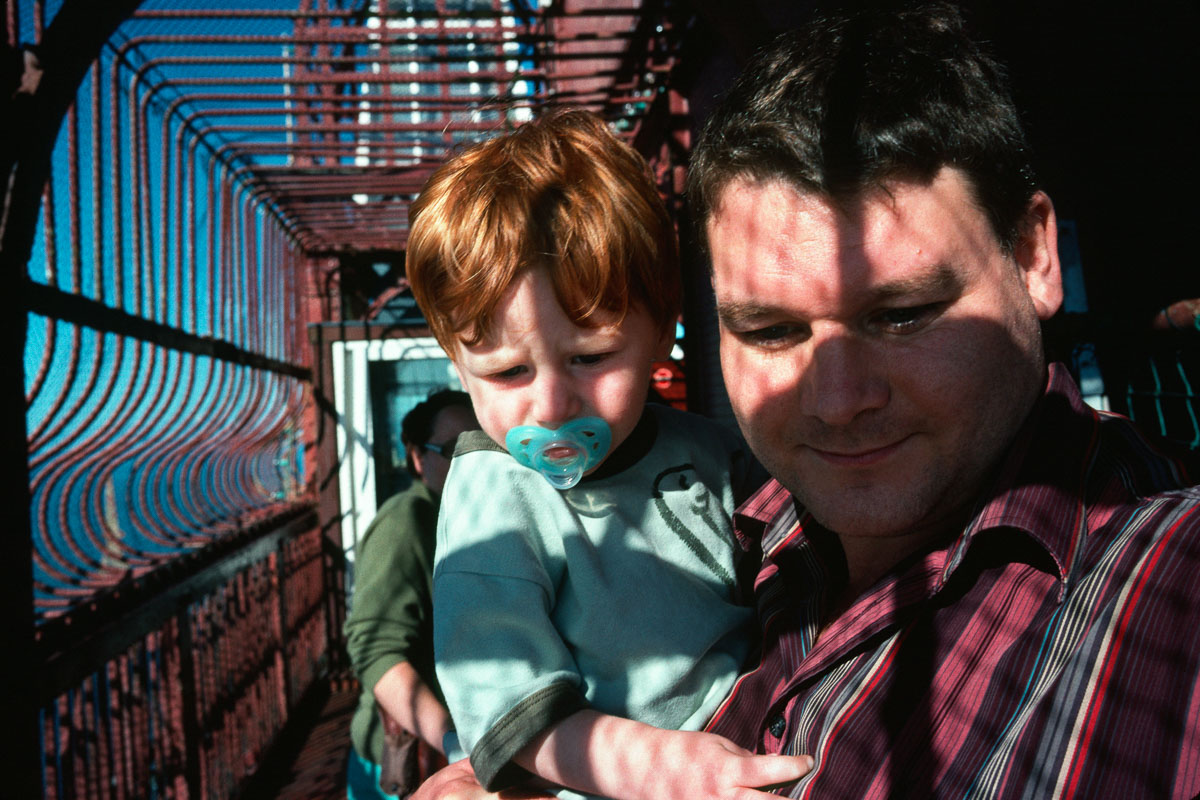
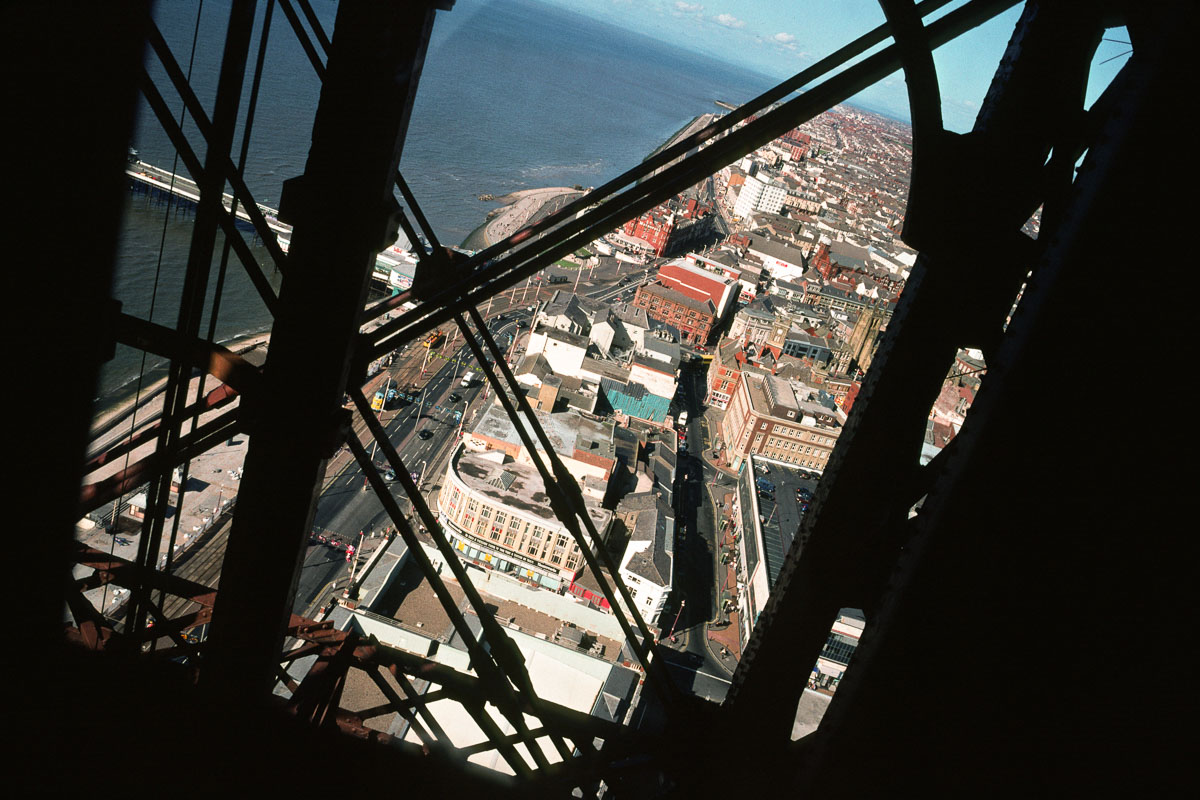
Kodachrome Film Processing: How It Worked
A big part of Kodachrome’s mystique was its processing. You couldn’t simply drop it off at “Boots”—it required the specialised K-14 process, available at only Kodak-certified labs. Thus, the film’s price included this service. When I shot my final rolls in the UK, I mailed them in a pre-paid envelope to Lausanne, Switzerland. But after that lab closed, they redirected everything to Dwayne’s Photo in Kansas—the last lab on Earth capable of Kodachrome film processing.
You’d wait four to six weeks to get your mounted slides back, ready for projection. And when that box finally arrived, it was like opening a time capsule, each image telling a story you’d almost forgotten taking. In today’s world of instant digital gratification, that waiting time seems unthinkable—but it added to the magic (especially when you thought you’d captured something special).
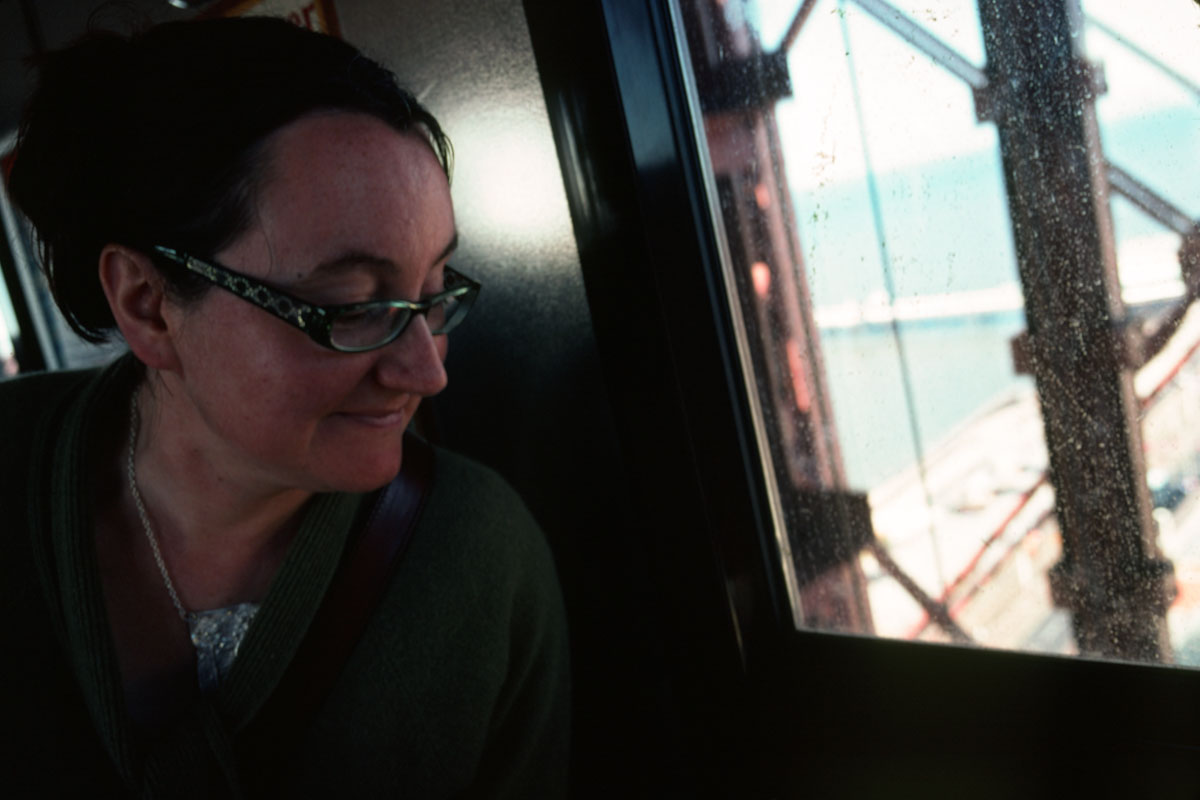


Can You Still Develop Kodachrome?
In short: no, not in colour. Kodachrome film processing officially ended in December 2010 when Dwayne’s Photo ceased K-14 development. Today, you can only develop old rolls as black-and-white negatives (with limited results). The chemistry and machinery for Kodachrome film development no longer exist.
Who Was the Last Roll of Kodachrome Saved For?
Renowned photojournalist Steve McCurry shot the last roll of Kodachrome, best known for his “Afghan Girl” portrait. He hand-delivered the roll to Dwayne’s Photo, who developed it in December 2010. The slides now reside in the George Eastman Museum in New York—a fitting resting place for a film that defined generations of photography.
Dwayne’s Photo: Keeping Kodachrome’s Legacy Alive
Dwayne’s Photo in Parsons, Kansas, didn’t just process Kodachrome—they kept its spirit alive for as long as possible. They were the last lab in the world to process the film. And that loyalty earned the small lab a special place in photographers’ hearts.
When Was Kodachrome 64 Discontinued?
Kodak discontinued Kodachrome 64 film in 2009 due to declining demand and the rising cost of its complex processing, and labs began shutting down soon after. By the end of 2010, all K-14 labs had closed or ceased processing. It marked the official end of an era.
As the end approached, photographers worldwide—myself included—rushed to send our final rolls. I still remember posting mine with hope and sadness, not knowing exactly what I’d get back, only that it would be the last Kodachrome film I’d ever shoot.

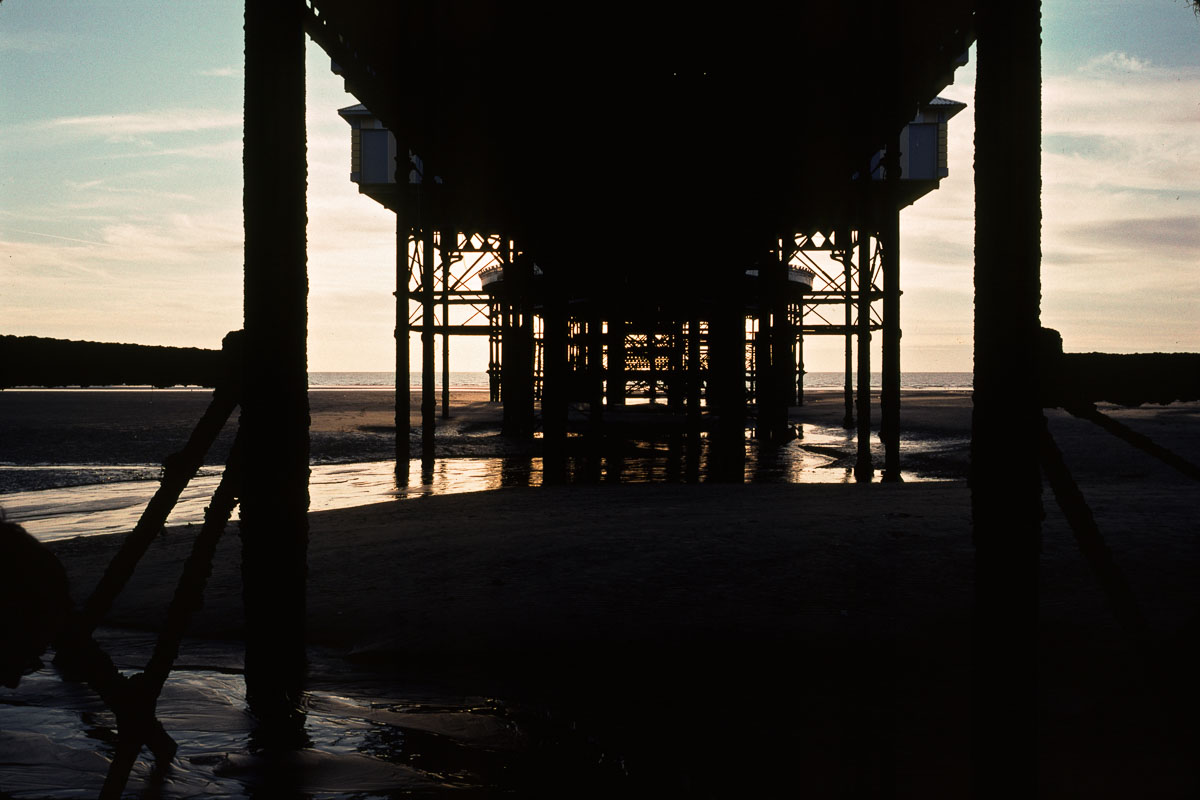
The Film About the Film: Kodachrome (2017)
The 2017 Netflix film Kodachrome captures that same sense of urgency. Starring Jason Sudeikis, Ed Harris, and Elizabeth Olsen, it tells the story of a dying photojournalist and his estranged son on a road trip racing to process his final rolls at Dwayne’s Photo before the deadline.
While the plot revolves around family tension and reconciliation, the movie is also a heartfelt tribute to film photography. In the final scene, as the son loads his father’s developed slides into a projector and discovers long-forgotten images of his childhood, it perfectly captures the emotional power of analogue film—and the memories it preserves.
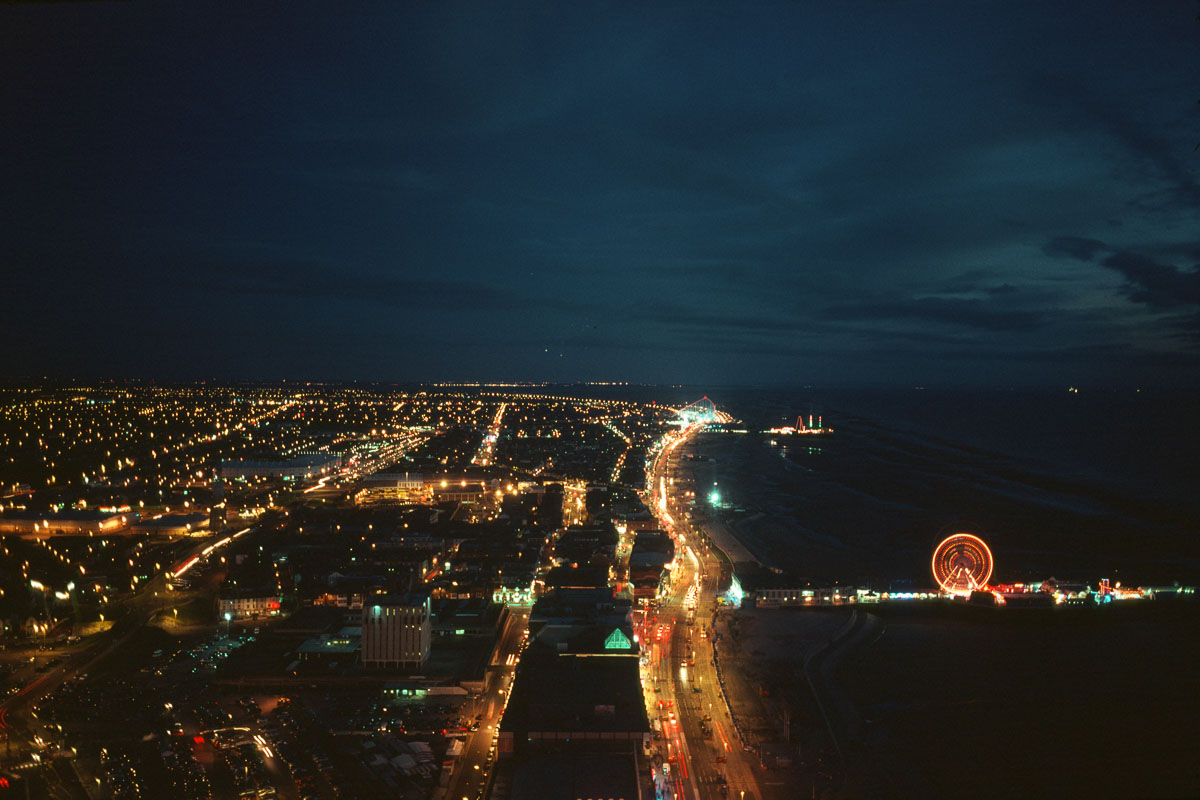
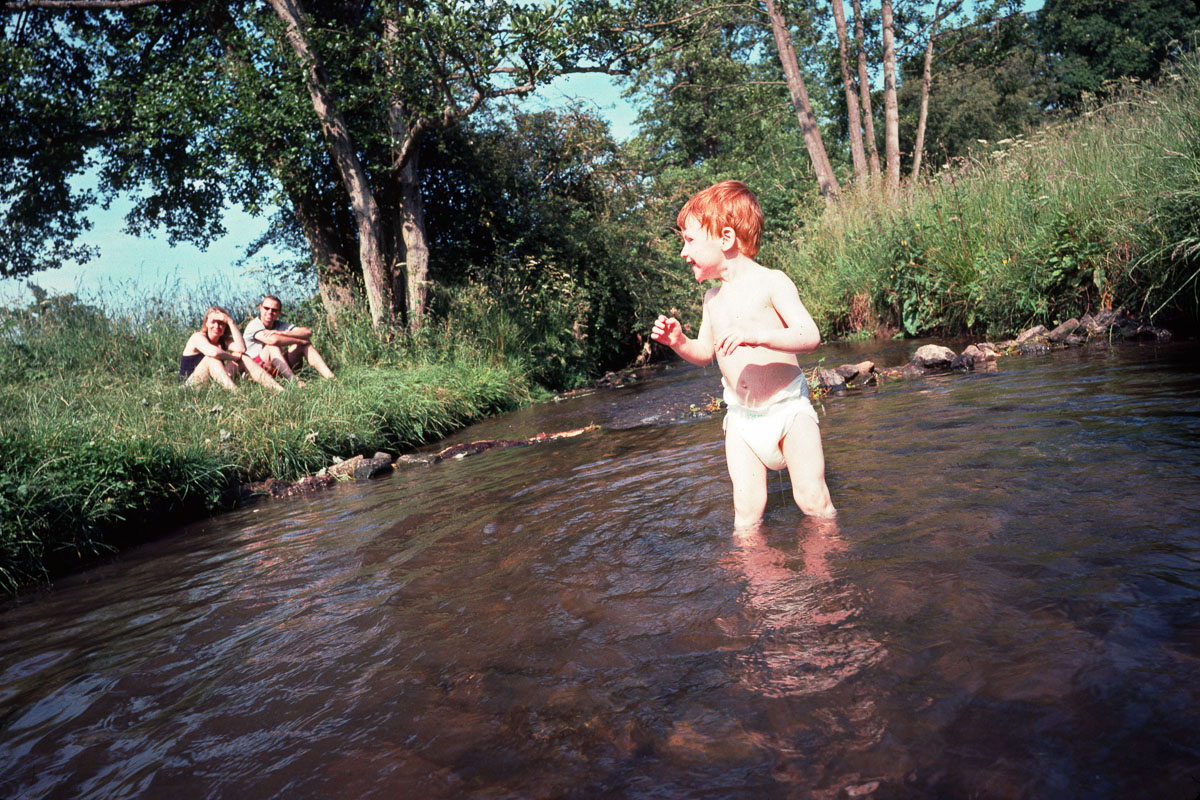
Paul Simon’s Tribute: The Kodachrome Song
Paul Simon’s song “Kodachrome” perfectly captures the joy this film brought to people’s lives in one line: “Makes you think all the world’s a sunny day.“
Looking at my Kodachrome 64 photos—especially from Blackpool and Tenby—I see exactly what he meant. The colours haven’t faded. And neither have the memories. This iconic colour film didn’t just document what things looked like—it preserved how they felt. That’s what made it special.

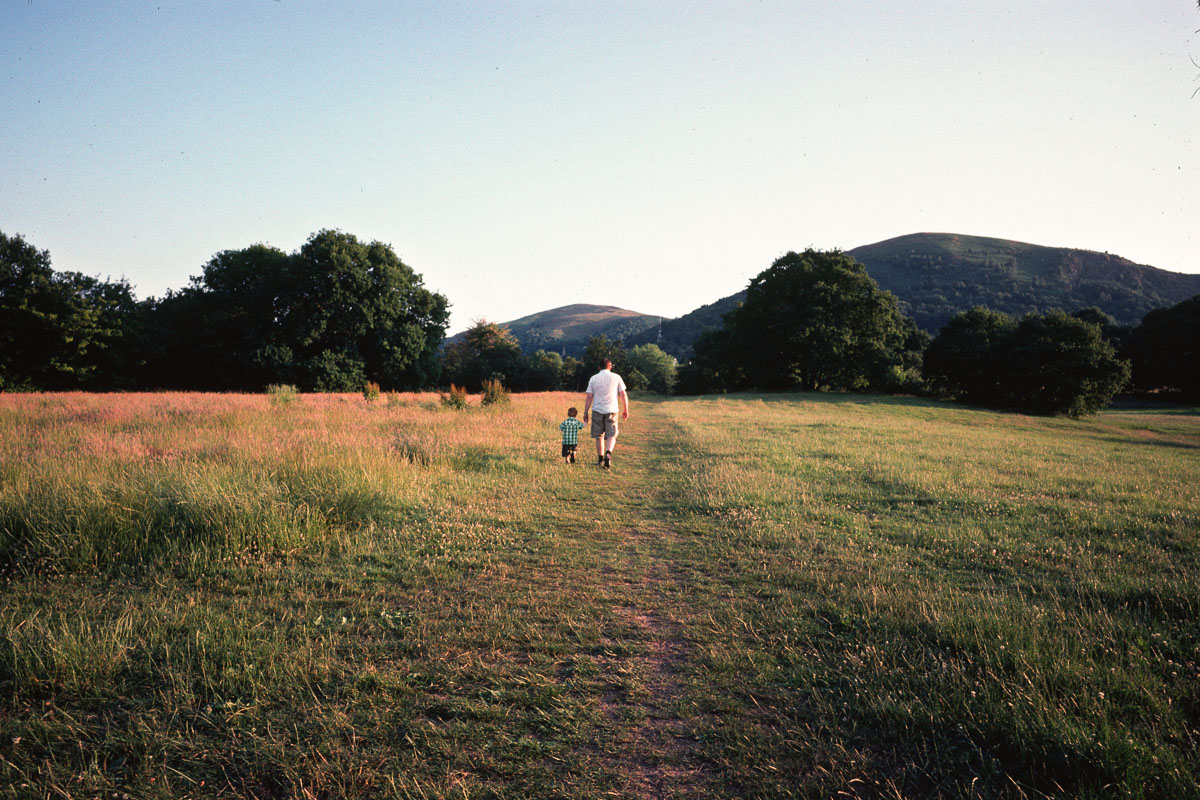

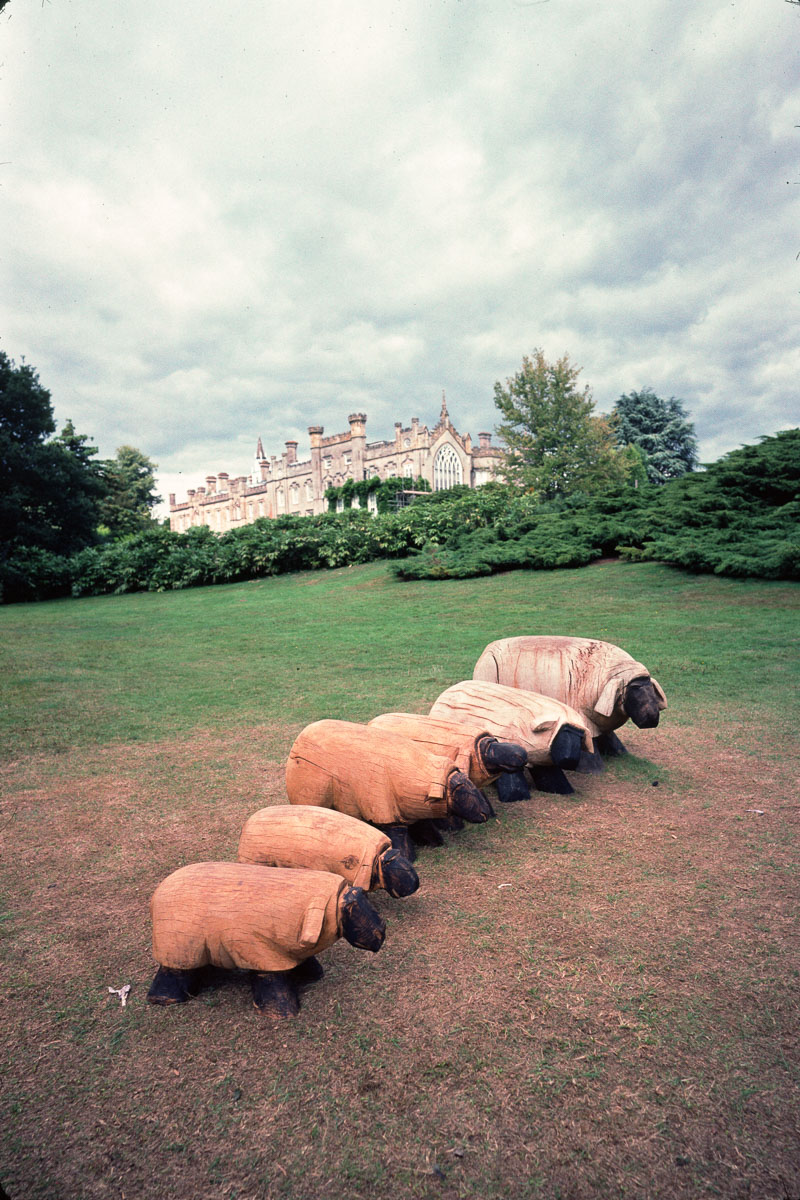
My Last Roll: Tenby, October 2010
The images below come from my final roll of Kodachrome 64, shot on a Contax G2 camera in Tenby, Wales. The film was processed at Dwayne’s Photo in November 2010, just weeks before they developed the last roll.
And yes—I still have the commemorative “Last Roll of Kodachrome” T-shirt to prove it.
As I scanned the slides years later, I realised they weren’t just photos. They were the closing chapter in the story of Kodachrome film—and in a part of my life, too.
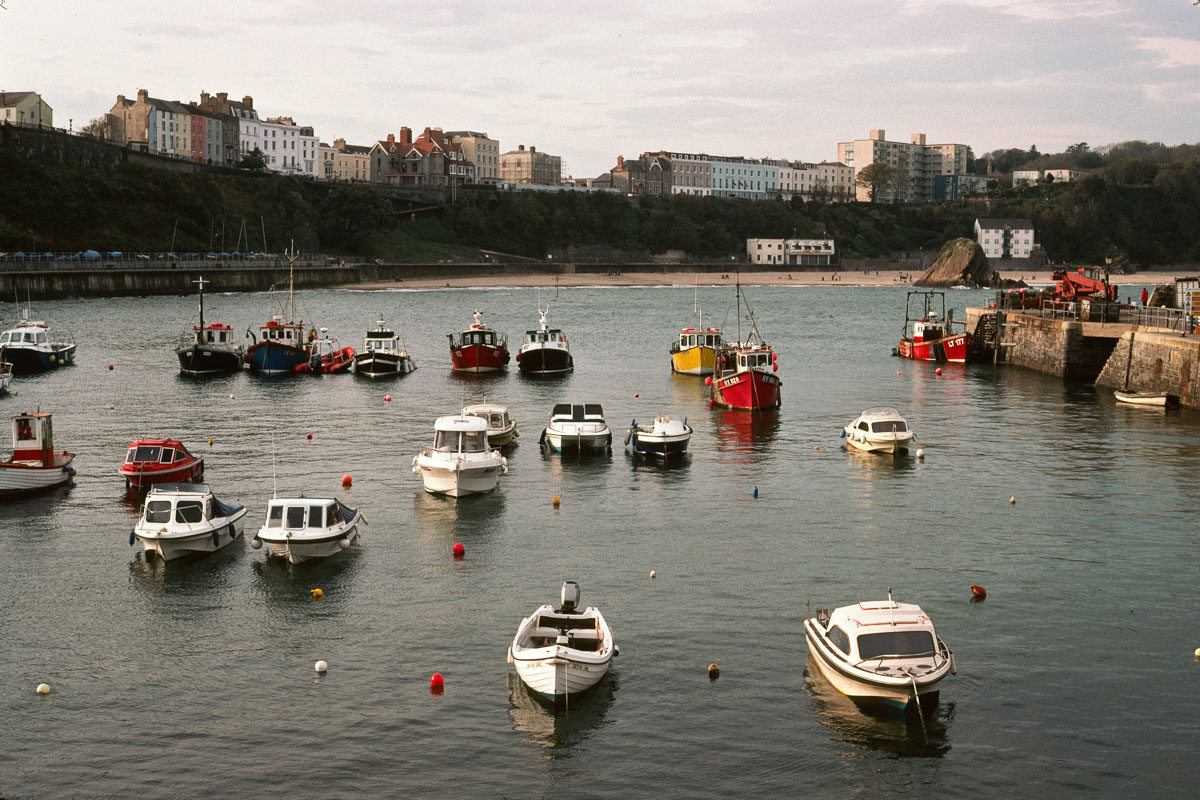
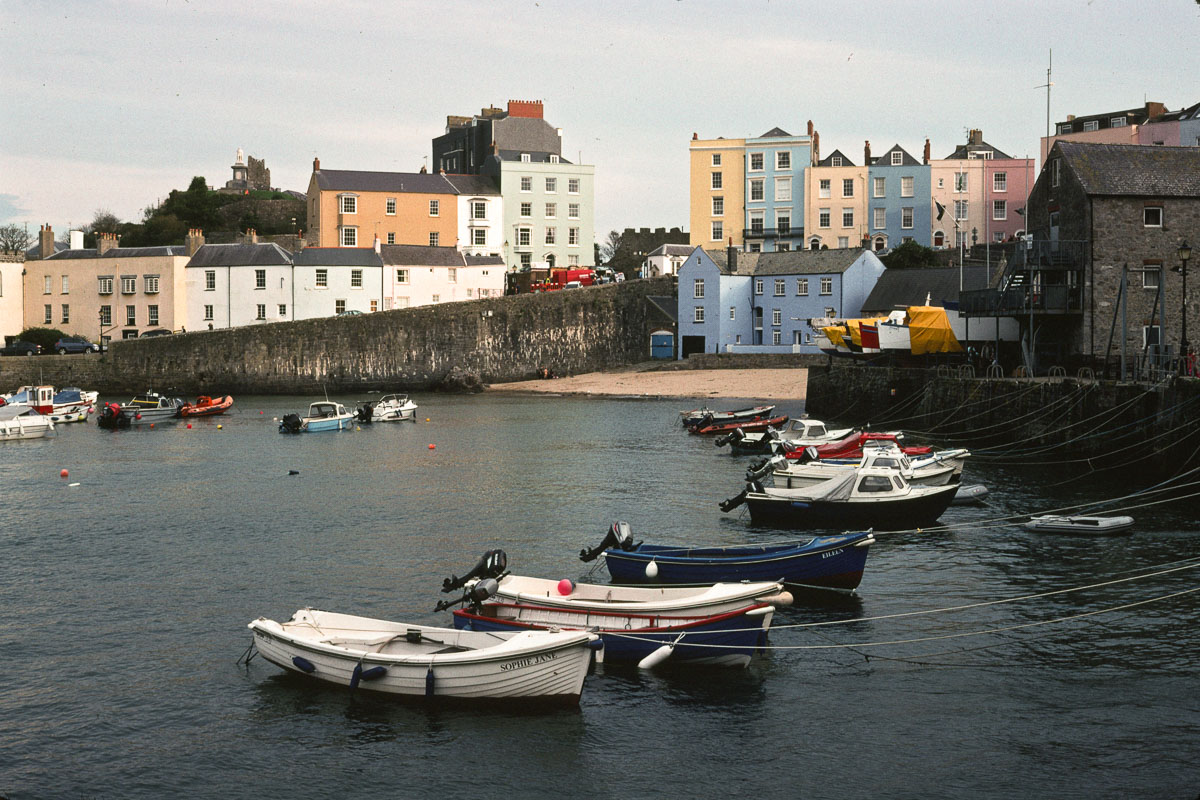
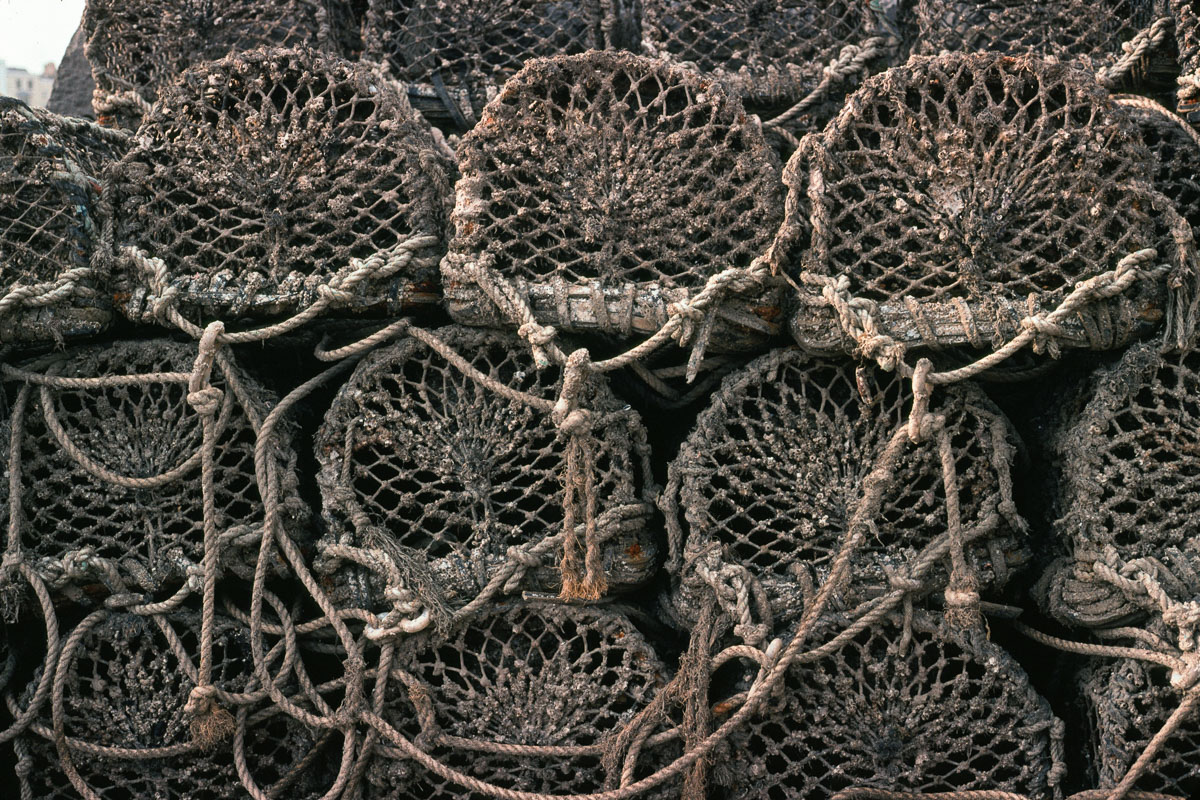
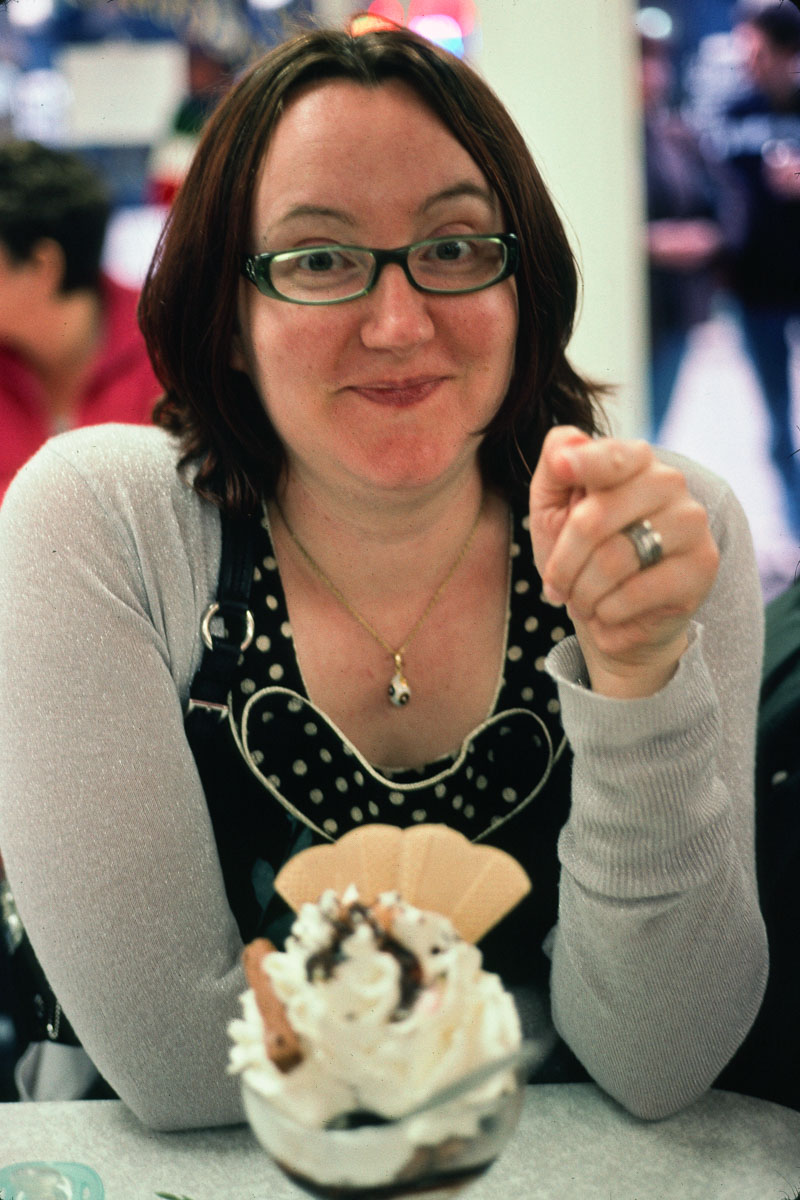

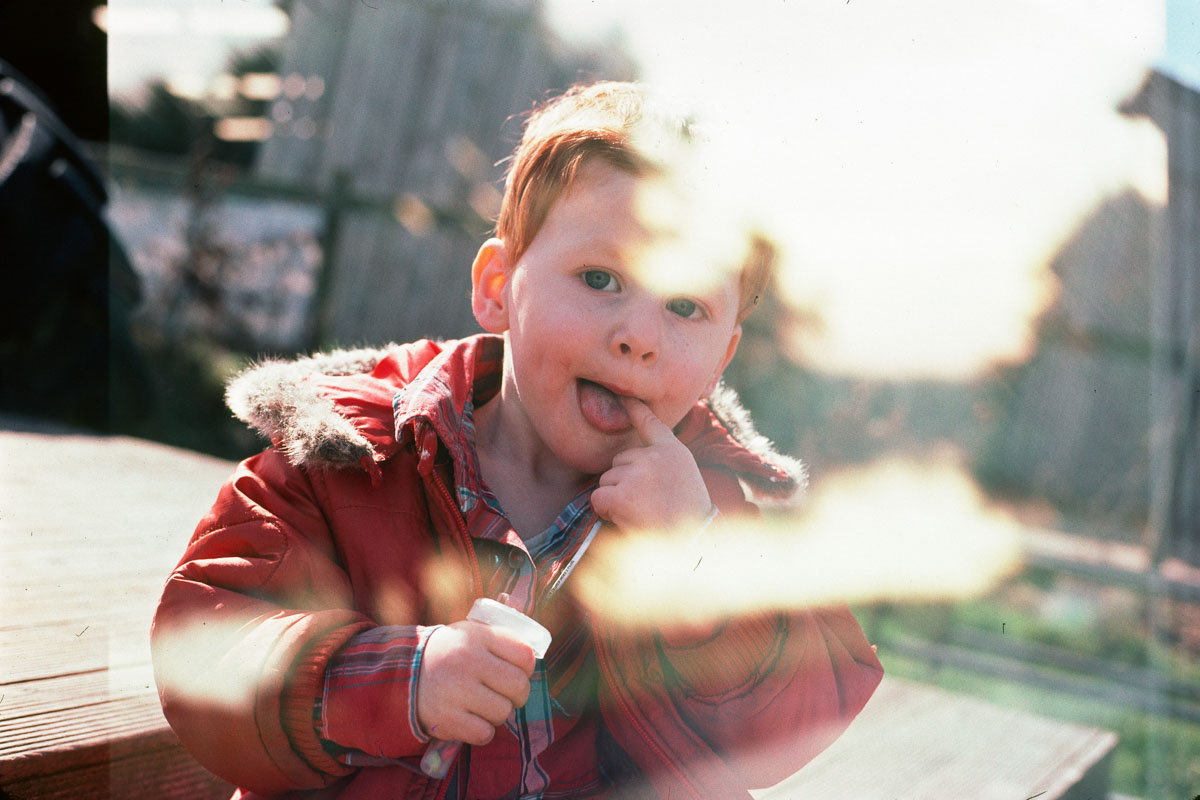
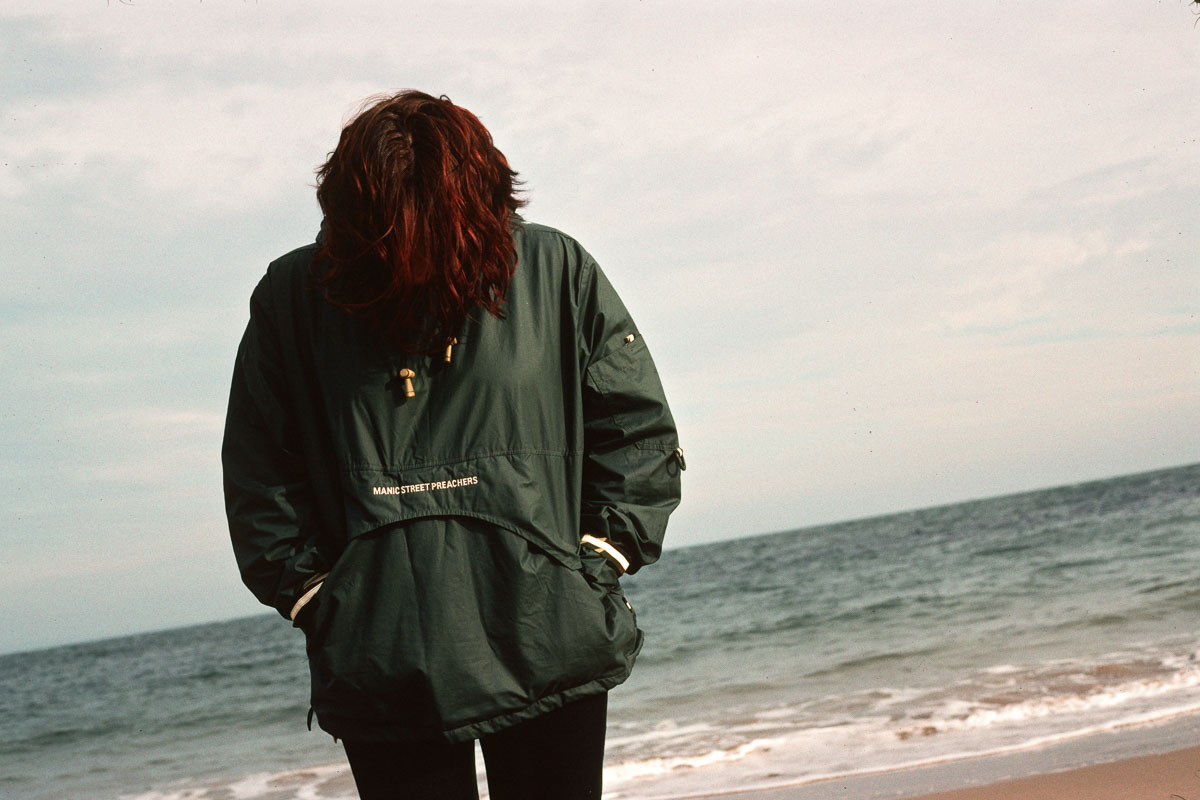
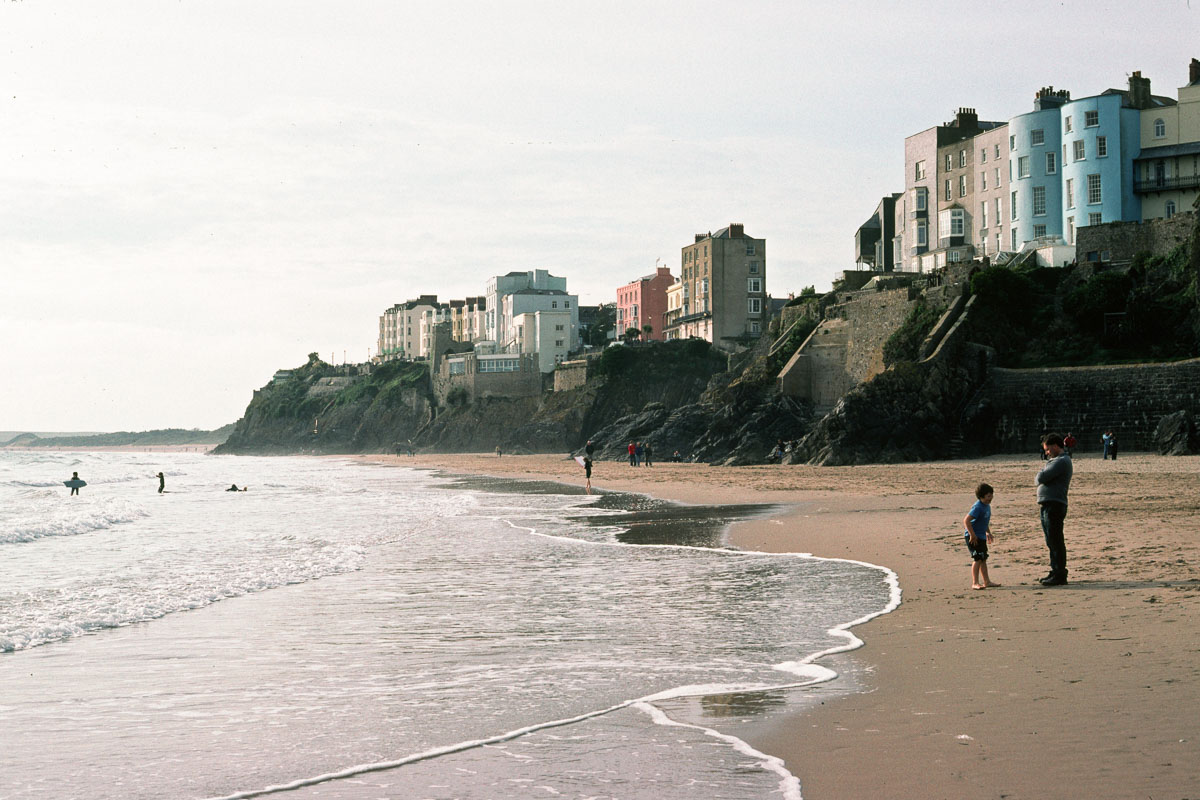


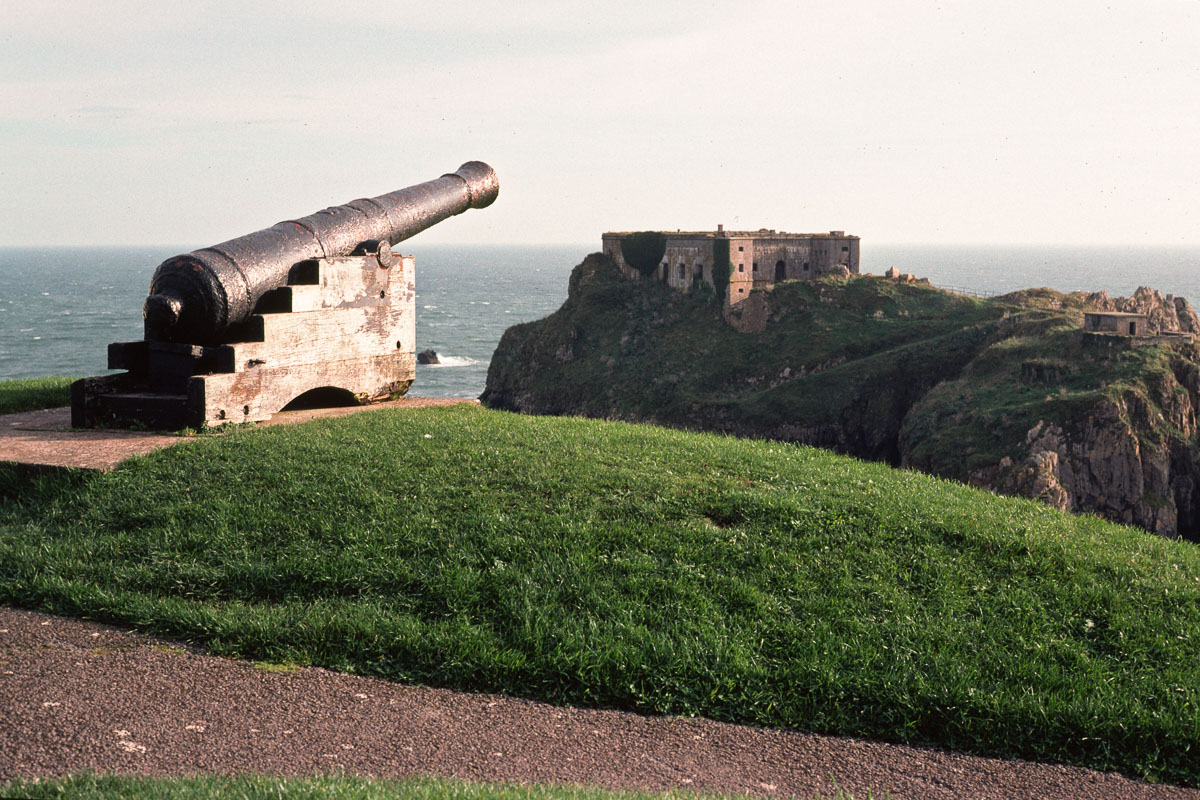
PHOTO DETAILS
Where: Tenby, Wales
When: October 2010
Camera: Contax G2 35mm rangefinder
Film: Kodachrome 64
Scanner: Minolta DiMAGE Scan Elite 5400 using VueScan software
Final Thoughts: More Than Just a Film
Kodachrome 64 film wasn’t just a film stock. It encouraged a slower, more deliberate way of seeing the world. In today’s age of instant results and digital filters, it reminds us of the value of waiting, looking closely, and making every frame count.
Did you ever shoot with Kodachrome 64 film? Or maybe you’ve discovered old family slides in a dusty attic? I’d love to hear your memories. Feel free to share them in the comments.
If you enjoyed this nostalgic look at Kodachrome back in the day, please share.
Thanks for reading.
